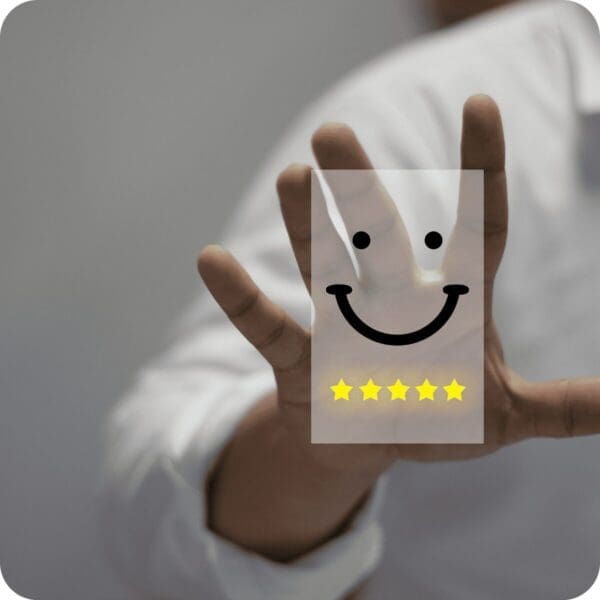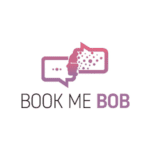
Are you looking for a hotel CRM? Do you already have one but don’t know how to use it?
One of the biggest problems when buying a new tool for your hotel tech stack is believing that it will be a magical solution. In reality, there is always a need for a strategy to articulate how the tool will drive results.
A hotel CRM, as the name suggests, helps you to manage your relationships with guests. With its help, you can leverage guest data, personalise guest experiences, and enable automation to save time and money.
Here are 6 easy-to-follow steps to create a CRM strategy that helps you get the most out of your CRM.
1. Establish goals
Like every good strategy, establishing clear and measurable goals is your starting point.
Ask yourself, what specific aspects of your relationship with your guests do you wish to improve? Is your goal to reduce manual work, enhance communication with guests, or maybe, deepen your understanding of the data at your hand?
Go through your guest journey and identify all the pain points. Did you guests complain about your staff being hard to reach during stay, or they never open your pre-stay emails?
Or do you simply want to bring more returners and increase revenue by the end of the day?
Build your strategy around your goals.
Remember to make sure that your goals are measurable. Whether it’s an increase in email campaign open rates, improved guest satisfaction scores, or a higher rate of direct bookings, having tangible metrics helps in assessing the strategy’s efficacy.
Haven’t got a CRM yet? Check out the dos and don’ts when building your CRM for the first time here.
2. Clean the house (and your database)
Before you embark on any culinary adventure, you need a clean kitchen. Similarly, to make the most of your CRM, you must start with a clean database.
Having a dirty database – inaccurate, out-of-date and full with irrelevant data – can be harmful in creating meaningful guest relationships. How can you be sure you’re sending the right information to the right person when there are 10 profiles with the same name, mixed phone numbers and email addresses?
In Bookboost’s case, you can use the match & merge feature from CRM to compare and integrate data, clean duplicate profiles and get a real and comprehensive overview of your guests.
By having one place of truth, your staff no longer needs to log into different systems and copy paste the needed information, reducing the risk of creating errors.
The point is, with a clean database and an accurate understanding of your guests, you can start working on your relationships with them.
Are you struggling with other data-related problems? We have an article for you: Data Management: 3 problems hoteliers face and how to solve them.
3. Map out your guest journey
Having a well-structured guest journey, from the moment they consider booking a stay, to their on-site experiences, and the follow-up after they’ve checked out, allows you to anticipate guest needs and tailor communications to each.
However, before creating a guest journey, you need to gather information about your guests. This is where a clean database comes in handy since it allows you to understand who your guests are and why they’re booking your hotels. Let’s say you just sent a pre-stay email to promote your hotel’s spa service. Did it work? Are guests interested in it? Analyse which types of guests booked the service after the email and which ones didn’t even open it. With this valuable data, you can tailor your guest journey to cater to different guest preferences.
Moreover, pay close attention to any touchpoints that may be overlooked. A hotel CRM allows you to have a visual representation of all the stages and touchpoints, making it easier to identify any missing pieces.
Imagine surprising them with a personalised pre-arrival offer or leaving a special note after checkout if you haven’t done it before. These small details can make a big difference!
Can add the clip from Anna talking about how to map out guest journeys in the recent webinar.
Are you having doubts about how to build a guest journey? Download our guest journey template for free.
4. Get started with personalisation
If you haven’t used personalisation before, start slowly. It’s understandable to feel a bit overwhelmed delving into it since where should I start?
First, go through your CRM and identify features that help to personalise your messages. For example, segmentation, personalisation tokens, multi-channel communications.
Then, you can begin by segmenting your guests based on their preferences, behaviours and past purchasing history. Are they high-spenders or low-spenders? Business travellers or leisure travellers?
Customise your emails with personalisation tokens from the CRM. Besides the subject line, do you want to offer a special discount? A tailored service? An exclusive package? You name it! Furthermore, personalising websites, social media, SMS and Whatsapp messaging can drive more engagement.
Did you know you can personalise your guest journey differently at each stage? Find out all the details in this online guide.
5. Establish and identify how to do nurturing
One of the main functions of a hotel CRM is to help you nurture your guests, so this is one key aspect to consider in your strategy. And it doesn’t stop at check-out! Continuous engagement is key to building lasting relationships.
For instance, newsletters are a great way to keep your hotel top-of-mind, but they should be more than just generic updates. Customise them based on segmentations to ensure they stay relevant and valuable to your guests.
Additionally, you can leverage your CRM for re-engagement campaigns, special occasion greetings, or feedback requests. For example, create filters to identify customers who haven’t booked again in a specific timeframe, such as 3 months, 10 months, or a year, you decide. Then, create a targeted campaign offering them special discounts. In this way, you can engage with your guests over the years and keep bringing them back.
6. Start automating
Now you may wonder, “where do I find the time and resources to achieve all of that?” Well, they don’t necessarily need to be done manually.
Automation is a real game-changer here. It enables you to enhance efficiency while maintaining a personal touch at the same time. From sending out automated email newsletters to managing the entire guest journey, automation can ensure consistent communication, free up valuable time from staff so they can focus on interacting with guests, and prevent tasks from slipping through the cracks.
Discover all the best practices from automation to save time on your property here.
By integrating these steps into your strategy, your hotel can not only achieve its business objectives but also create lasting impressions that turn first-time guests into loyal advocates. Remember, a CRM can’t magically fix everything for your business. It’s a helpful tool, but to get the most out of it, you’ll need a strategy that’s custom-made for your company’s needs.
Follow us on Linkedin to stay up to date with the new hospitality trends, and subscribe to our newsletter to get more tips and hacks for hotel marketing and operations.


















